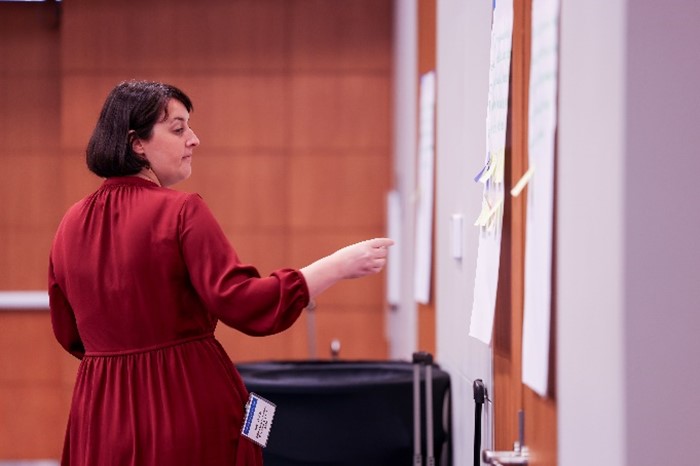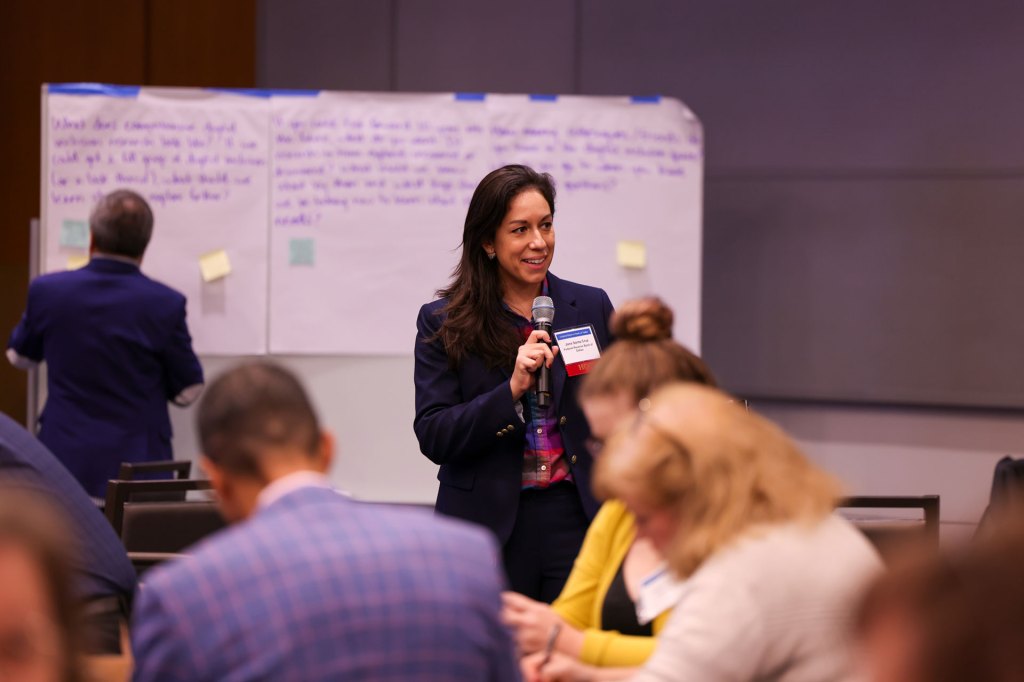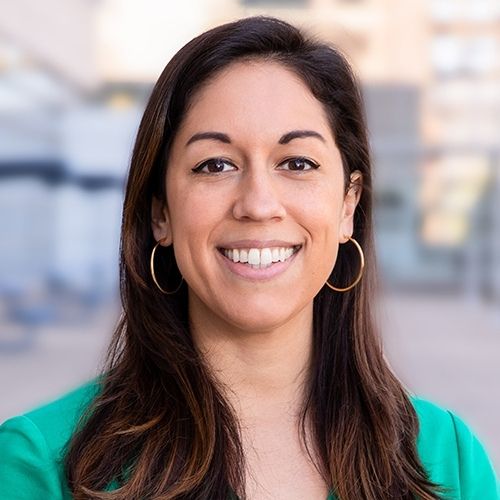As technology advances, more and more of our daily activities are conducted online. This includes students completing homework assignments, job seekers submitting applications, and workers relying on digital access to perform their jobs. On-the-job training means many employees continue to build their digital skills while working. And internet service providers (ISP) offering ever-faster internet speeds facilitate better gaming and entertainment experiences at home.
Not everyone has the access, equipment, and knowledge to engage fully with work and leisure sides of the internet. Digital inclusion efforts aim to remedy that so-called digital divide.
In October, the Fed convened researchers and practitioners representing academic institutions, non-profit organizations, and partners invested in closing the digital divide for two interactive days of sharing and discovery.

“Through these experiences, we’ve learned that this work requires partners from all sectors working together, including internet service providers, nonprofits, educational institutions, local government, and more. Everyone has a role to play in closing the digital divide and expanding opportunities across the region.”
– Lorie Logan, President and CEO, Dallas Fed
The Digital Inclusion Research Forum, held at the Dallas Fed, explored both existing research and the future of digital inclusion research. Participants reflected on research gaps and brainstormed new areas of exploration based on participants’ input.
’There’s honestly more that we don’t know than what we do know’
When asked about gaps in digital inclusion research, participants reflected on the need to collaborate across diverse partners, sectors, and entities to fully understand the scope of digital inclusion needs and develop well-designed evaluations and research initiatives. One participant noted, “There’s honestly more that we don’t know than what we do know.”
Comprehensive digital inclusion research has many avenues for exploration: internet access, affordability, digital literacy, network quality, and device access, among other aspects. One participant recommended having more data sets that reflect the experiences and digital inclusion needs of various demographic, cultural, and social identities across different geographies (urban, rural, and suburban).
This approach can include collecting digital inclusion-focused data on distinguishing factors such as race, ethnicity, gender, age, income level, Tribal affiliation, persons with disabilities, immigration status, primary language spoken at home, military, or veteran status, current or formerly incarcerated individuals, and current or former foster care youth.
Key needs: Track outcomes, improve data-sharing practices, assess funding
Participants shared a range of ideas to support future research. Tracking outcomes from digital inclusion programs and services can inform future efforts, pointing to what’s effective and what isn’t. Another participant suggested more robust data-sharing practices across entities to avoid duplicative efforts, over-surveying, and continued work in silos.
To fully comprehend digital inclusion needs and efforts, a participant pointed to the need to review all current funding sources. With the influx of digital inclusion funds (from federal, state, philanthropic, and other sources), an inventory of the funding landscape will help researchers identify duplicative investments or unintended funding gaps and evaluate investments to learn what works well.

Key wishes: Data from ISPs, accurate maps, grant opportunities supporting research

Given a “magic wand” prompt, participants identified multiple unknowns and needs they would magically solve to improve research and programmatic efforts. Multiple participants highlighted the need for accurate data from internet service providers (ISPs) around true internet speeds, pricing, and other relevant metrics to help inform planning, coordination, and data-driven decision-making. Another wish: greater access to accurate broadband maps to understand levels of connectivity and access.
Overall, one participant noted that such research needs to be supported, valued, and funded as a valid cost within grant opportunities. This could be a component of grants from philanthropies and digital equity funds from state and federal sources. Doing so would facilitate incorporating thoughtful research and evaluation efforts into program and service efforts from the beginning.
Including the perspectives of community members
Finally, authentic community engagement was a theme across many responses to discussion questions about the future of digital inclusion research. Engaging community voices and perspectives provides insight into the true experiences of residents, insights which are crucial for informing place-based initiatives or research endeavors. Doing so also creates buy-in for initiatives inspired from the findings.
Participants agreed that paying community members for their unique perspectives and expertise—for instance, when completing surveys, participating in focus groups, or generally sharing feedback—is a best practice for any digital inclusion research endeavor.
Digital inclusion is important to the Fed’s work in community and economic development. We look forward to continued progress and research. In the meantime, check out these resources:





